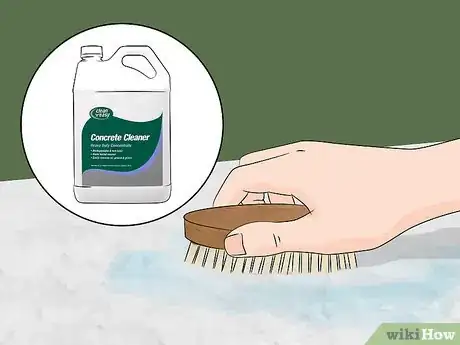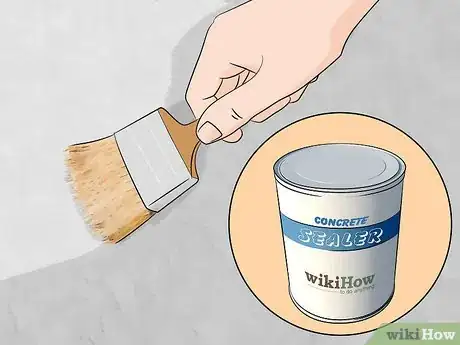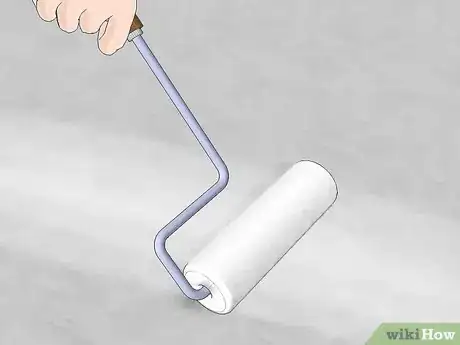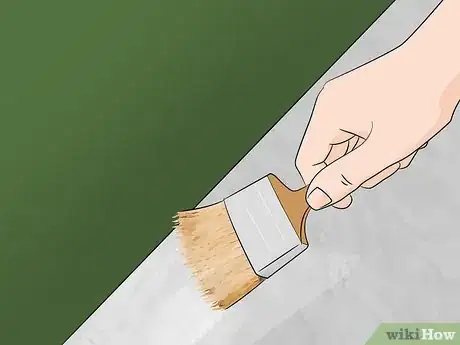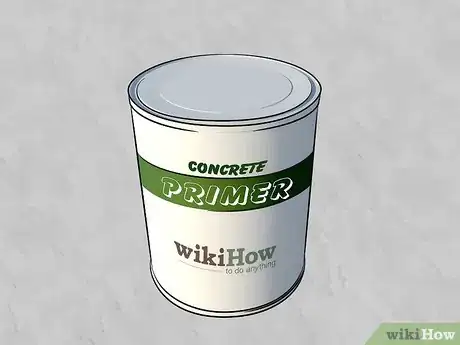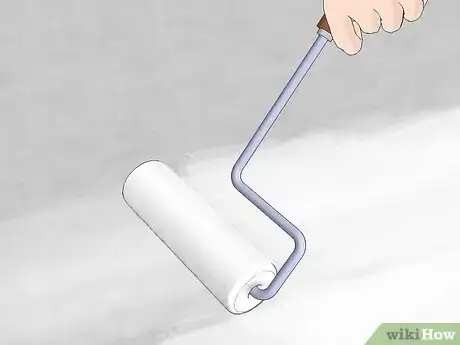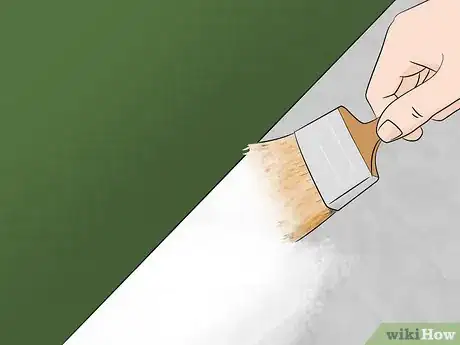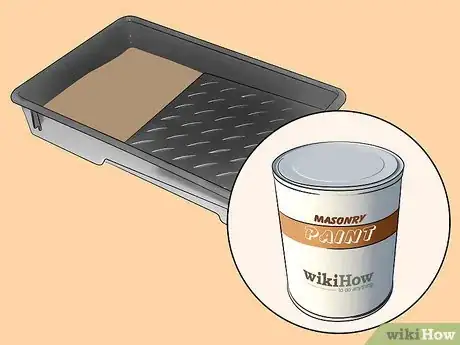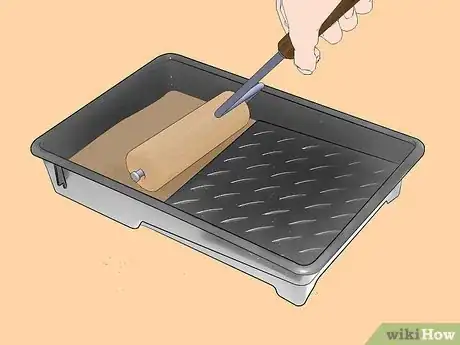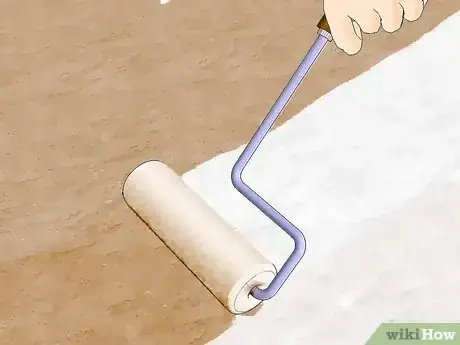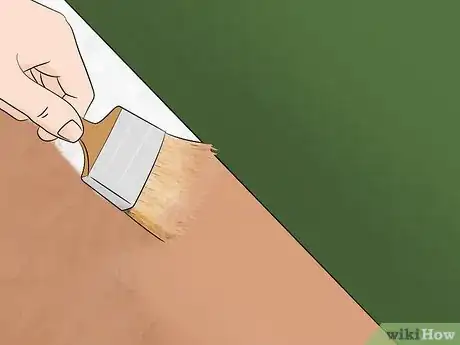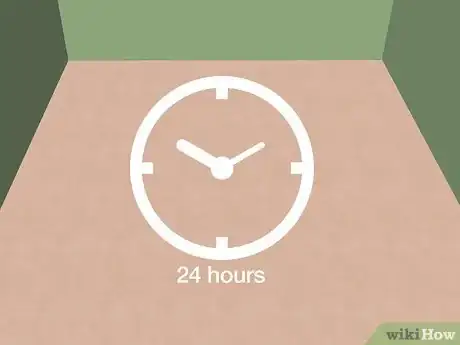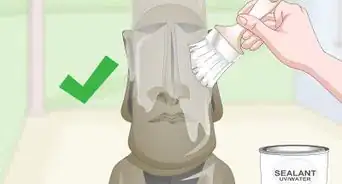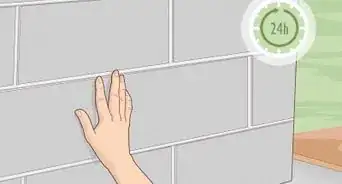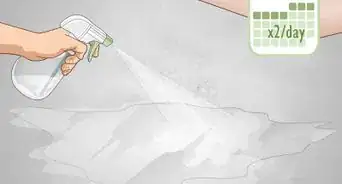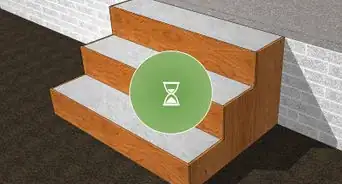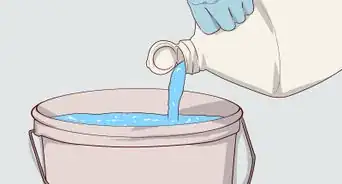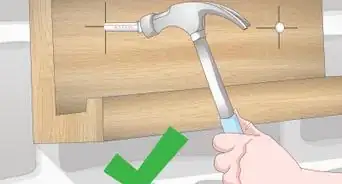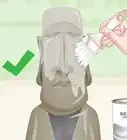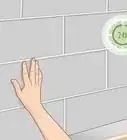This article was co-authored by Andre Kazimierski. Andre Kazimierski is a Painting Specialist and the Founder and CEO of Improovy, an on-demand house painting service startup. With more than 15 years of experience, Andre and the Improovy team use data and technology to streamline the home improvement process for homeowners and painting contractors. Andre started in the painting industry as a sophomore at Depaul University in Chicago, working with one of the nation’s largest painting companies to launch new cities and territories across the Midwest. Years later, he started 3rd Gen Painting and Remodeling and had a successful exit after growing the company to two different states.
There are 7 references cited in this article, which can be found at the bottom of the page.
wikiHow marks an article as reader-approved once it receives enough positive feedback. In this case, several readers have written to tell us that this article was helpful to them, earning it our reader-approved status.
This article has been viewed 154,312 times.
Painting a concrete floor is a great way to seal and improve the look and performance of the floor. Because concrete has special characteristics, however, it also has special needs when it comes to being painted. To get the best results for your floor, plan on giving the project at least 2 weeks to complete.
Steps
Clean the Concrete Thoroughly
The concrete must be completely clear in order to allow the sealers and paints to bond properly. Use two different products to clean the concrete; one to remove the dirt and debris and a second that is made to remove the efflorescence, the white powder that sometimes develops on damp concrete.
Apply a Sealer to the Concrete Floor
The sealer will help prevent moisture from coming through the floor and ruining the paint job.
-
1Apply 2 to 3 coats of sealer to the floor. Allow the sealer to cure for several days between coats; follow the manufacturer's instructions for mixing and curing of the sealer.[3]
-
2After each coat, use a paint roller to smooth the sealer over the concrete, slightly overlapping each stroke.[4]
-
3Use a paintbrush to apply the sealer to the edges and corners of the room with each coat as well.
Apply a Concrete Primer to the Concrete Floor
The primer will fill any small gaps or voids in the floor and will help give it a smooth appearance.[5] Use a good masonry primer, and your top coating will look better and last longer.
Paint the Concrete Floor
This is the final step in the process.
-
1Pour some masonry paint into a paint tray.
- Choose a high-quality breathable acrylic paint.
-
2Dip a masonry roller into the tray and coat it well.
-
3Roll the masonry paint over the floor in smooth, slightly overlapping strokes.[6]
-
4Apply paint to the corners and edges of the floor with a paintbrush.
-
5Let the masonry paint dry for at least 24 hours between coats; apply 2 to 3 coats for the best results.[7]
Community Q&A
-
QuestionI painted my basement floor, then water got on it and left a white spot. What should I do?
 Community AnswerI would repaint that spot. If you're using the same leftover paint, you will still get the same color. Then put a bowl upside down on top of it to protect it until it dries completely.
Community AnswerI would repaint that spot. If you're using the same leftover paint, you will still get the same color. Then put a bowl upside down on top of it to protect it until it dries completely. -
QuestionThe paint on my concrete floor started chipping before I could seal it. What should I do?
 Community AnswerYou will probably want to remove the chipping paint before repainting and sealing it.
Community AnswerYou will probably want to remove the chipping paint before repainting and sealing it. -
QuestionWhat do I do if the painting is over where the vinyl tile was removed?
 Community AnswerSweep and clean with a concrete cleaner and brush, then seal, prime and paint.
Community AnswerSweep and clean with a concrete cleaner and brush, then seal, prime and paint.
Warnings
- Because concrete can take a while to dry, always err on the side of caution and allow extra time between steps for moisture to leave the room.⧼thumbs_response⧽
- If possible, set up fans and open any doors and windows to help speed the drying process of the concrete. Failure to allow enough time for it to dry between steps or coats will result in peeling paint.[8]⧼thumbs_response⧽
Things You'll Need
- Concrete cleaner
- Efflorescence remover
- Scrub brush
- Paint roller with long handle for floors
- Several paint trays
- Concrete sealer
- Concrete primer
- Masonry paint
- Masonry roller
- Paintbrush
References
- ↑ https://www.popsci.com/scientifically-best-way-to-sweep-floor
- ↑ https://www.bobvila.com/articles/how-to-clean-concrete/
- ↑ https://www.lowes.com/n/how-to/howto-seal-concrete
- ↑ https://www.lowes.com/n/how-to/howto-seal-concrete
- ↑ https://www.bobvila.com/articles/painting-concrete-floors/
- ↑ https://southernhospitalityblog.com/how-to-paint-a-concrete-floor/
- ↑ https://www.bobvila.com/articles/painting-concrete-floors/
- ↑ https://ecospaints.net/the-painting-process--tips-to-make-paint-dry-faster
- http://www.houselogic.com/home-advice/painting/concrete-painting/
About This Article
Before you paint a concrete floor, clean it thoroughly and apply several coats of sealer to prevent moisture from damaging your paintwork. Then, apply a primer to the concrete using a paint roller and a paintbrush. Once the primer is dry, apply masonry paint to the floor in overlapping strokes with a roller. Finally, let the paint dry for 24 hours before applying a second coat. For tips on how to clean a concrete floor and how to apply the sealer, read on!

